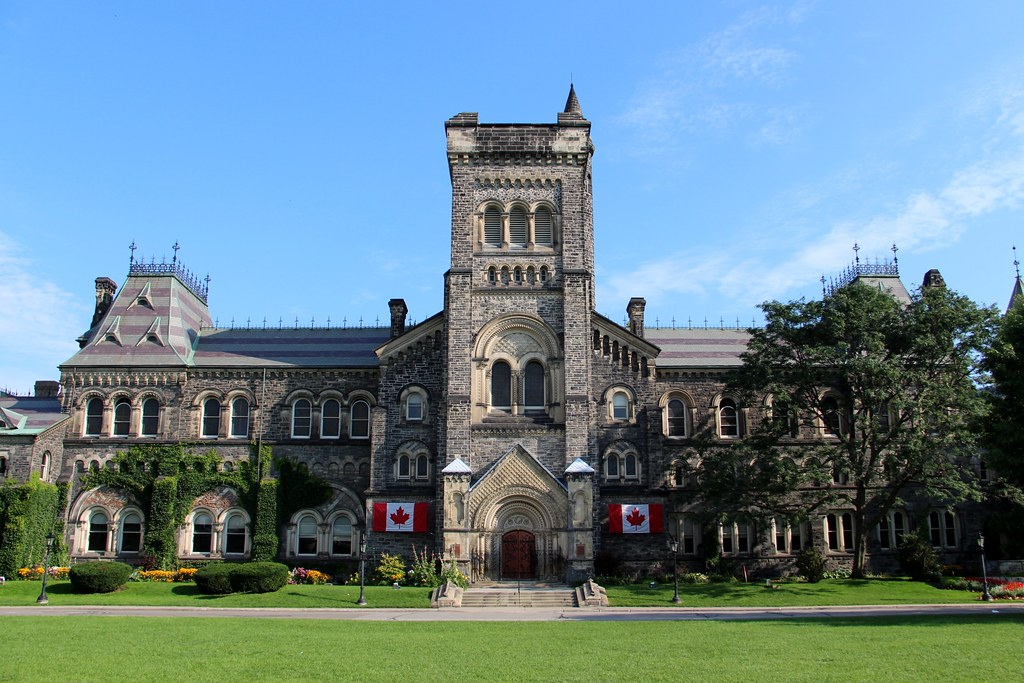Eligibility and Basic Requirements for Canada’s Start-up Visa Program – Copy
Have you ever imagined bringing your innovative business idea to life in a country that thrives on diversity and innovation? Canada might just be the perfect place for you. The Start-Up Visa Program offers a unique pathway to permanent residency for entrepreneurs with groundbreaking ideas and the drive to make them happen. But let’s be honest—navigating the immigration process can be overwhelming. I’ve seen many aspiring entrepreneurs feeling lost, not knowing where to start or what steps to take. That’s why I’ve put together this guide, filled with practical advice and insights to help you on your journey. 1. Crafting a Qualifying Business: Laying the Foundation The first step is all about your business idea. It’s not just any idea—it needs to be something innovative with the potential for significant growth. Innovation and Growth Potential Ask yourself: What makes my idea stand out? Maybe you’re developing an app that revolutionizes how people manage their mental health, or perhaps you’ve created a sustainable solution to reduce plastic waste. The key is that your idea should fill a gap in the market or solve a real problem. I recall working with a client who developed a wearable device for early detection of certain health conditions. Her idea wasn’t just unique; it had the potential to save lives. That’s the kind of innovation that catches attention. Ownership and Control You’ll need to own at least 10% of the voting rights in your company. Together with a designated organization supporting you, over 50% of the voting rights must be in your hands. This ensures you have control over your business decisions. Building Your Team You can have up to five co-founders apply for the visa. It’s important that each member brings something valuable to the table. Think about complementary skills—maybe you’re the tech genius, while your partner excels in marketing. 2. Securing Support from a Designated Organization Getting a thumbs-up from a Canadian investor or incubator is a crucial step. Venture Capital Funds These are firms willing to invest big bucks (at least CAD 200,000) into high-potential businesses. If you’re aiming for this, be prepared to show detailed projections and how your business can scale rapidly. Angel Investor Groups They invest smaller amounts (minimum CAD 75,000) but are more likely to take risks on early-stage startups. If your idea is in its infancy but has promise, this might be your route. Business Incubators If you’re looking for mentorship and resources rather than direct investment, incubators are fantastic. I had a client who joined an incubator in Toronto, and the networking opportunities alone were invaluable. Tip: Each organization has its own focus. Research thoroughly and tailor your pitch accordingly. A friend of mine applied to multiple incubators before finding one that aligned perfectly with his eco-friendly fashion startup. 3. Proving Language Proficiency: Communication is Key Canada is bilingual, so you’ll need to show proficiency in either English or French. Meeting the Language Benchmark You’ll need a Canadian Language Benchmark (CLB) level of 5 in speaking, listening, reading, and writing. This isn’t as daunting as it sounds—it’s about being able to communicate effectively in everyday situations. When I moved to Canada, I brushed up on my French to better connect with the community in Montreal. Even basic proficiency can make a big difference. 4. Demonstrating Settlement Funds: Planning Ahead Moving countries involves financial preparation. How Much Do You Need? The required funds depend on your family size. For a single person, it’s around CAD 13,000. For a family of four, it’s about CAD 25,000. This is to ensure you can support yourself during the initial months. Proof of Funds Gather bank statements, investment records, or proof of property sales. Make sure the funds are readily accessible—not tied up in long-term investments. 5. Beyond the Basics: Setting Yourself Up for Success Incorporate Your Business in Canada This isn’t just a formality. Incorporating your business shows commitment and can make it easier to access services and funding. Active Involvement You’ll need to actively manage your business from within Canada. This means being on the ground, making decisions, and driving growth. Choose Your Location Wisely Except for Quebec, which has its own immigration rules, you’re free to set up anywhere in Canada. Each province has its own vibe and industry strengths. For example, Vancouver is a hub for tech startups, while Calgary is known for energy and engineering. Medical and Security Checks Standard procedures apply here. You’ll need to pass medical exams and provide police clearance certificates. 6. Education: An Added Advantage While not mandatory, having at least one year of post-secondary education can bolster your application. Example: If you’ve studied computer science and are launching a tech startup, this directly supports your business case. Bringing It All Together I know this is a lot to take in, but remember, every successful entrepreneur started somewhere. The Start-Up Visa Program is an incredible opportunity to bring your vision to life in Canada. I recently helped a client from India who had developed an innovative agricultural technology. Through the program, he secured investment from an angel group and is now successfully operating in Saskatchewan, contributing to sustainable farming practices. Your Next Step: Let’s Make It Happen Feeling inspired but unsure where to begin? That’s completely normal. Immigration processes can be complex, but you don’t have to navigate them alone. Why Book a Consultation with Us? Ready to turn your Canadian dream into reality? 📞 Call us at (647) 410-4247✉️ Email us at [email protected]🔗 Visit our website at ak-immigration.ca Or simply fill out our contact form, and we’ll get back to you promptly. Let’s work together to build your future in Canada. Your innovative idea deserves the right platform, and Canada might just be the perfect stage. I’m excited to hear your story and explore how we can make your goals a reality. Looking forward to connecting with you!

















